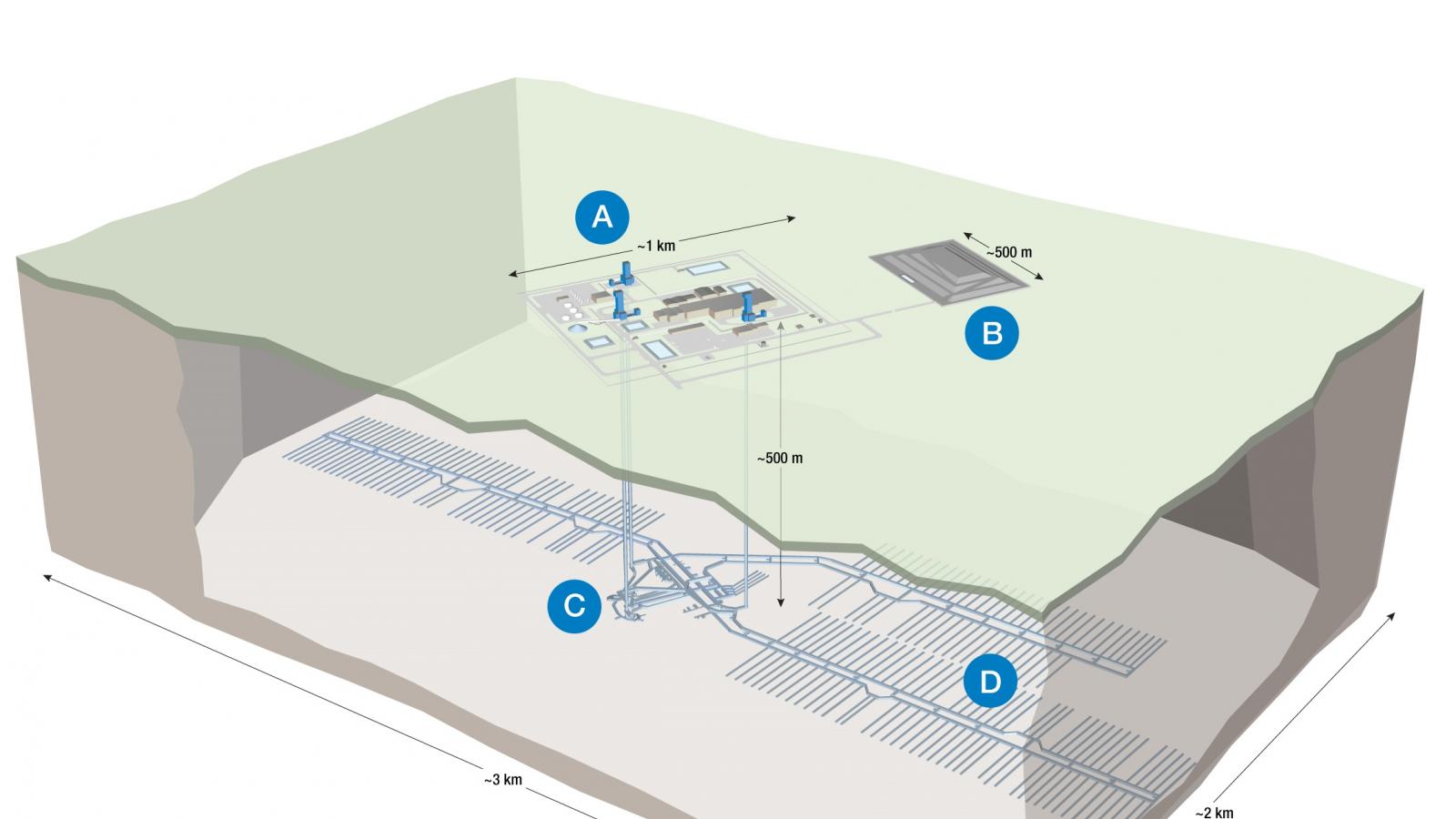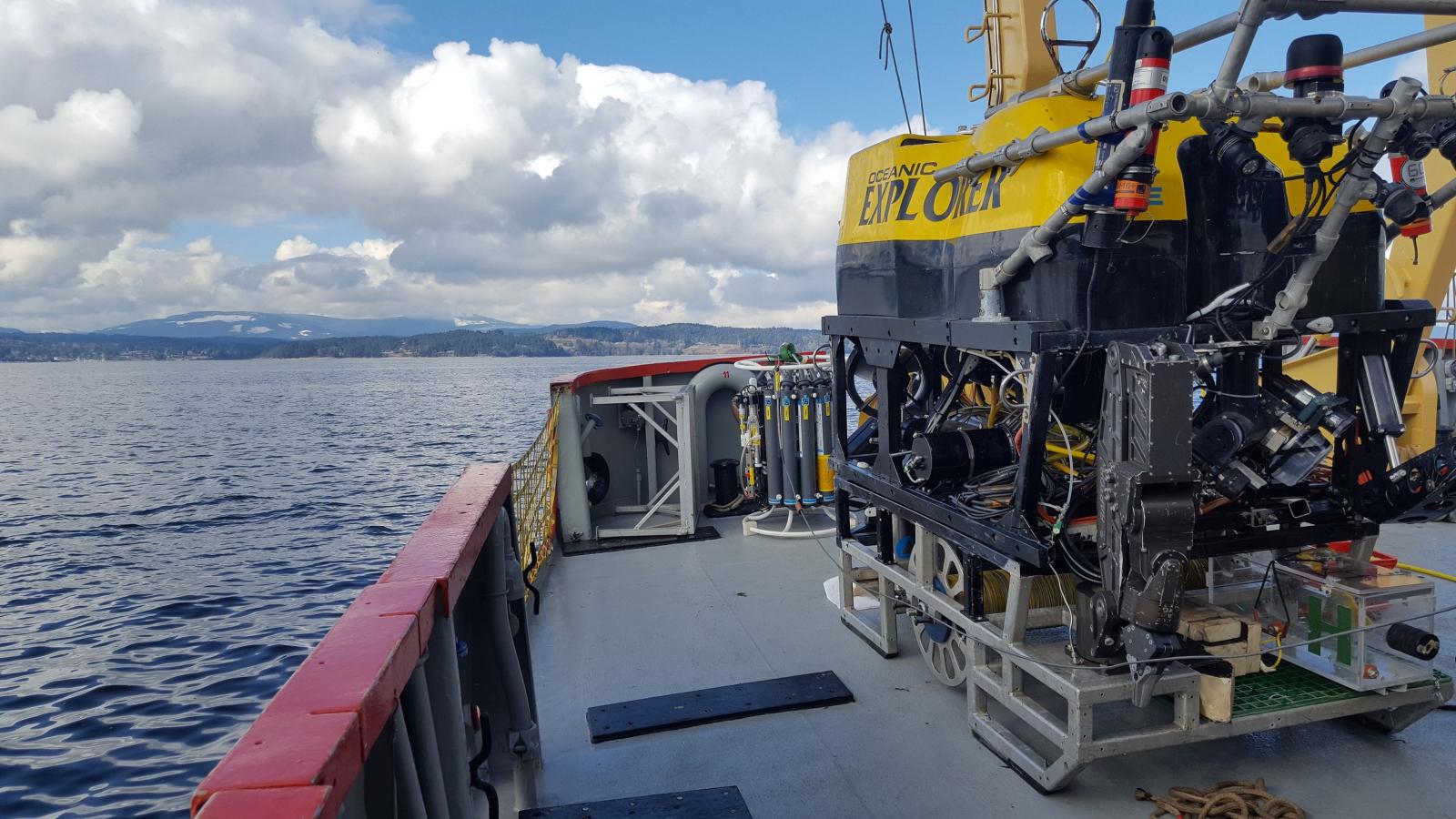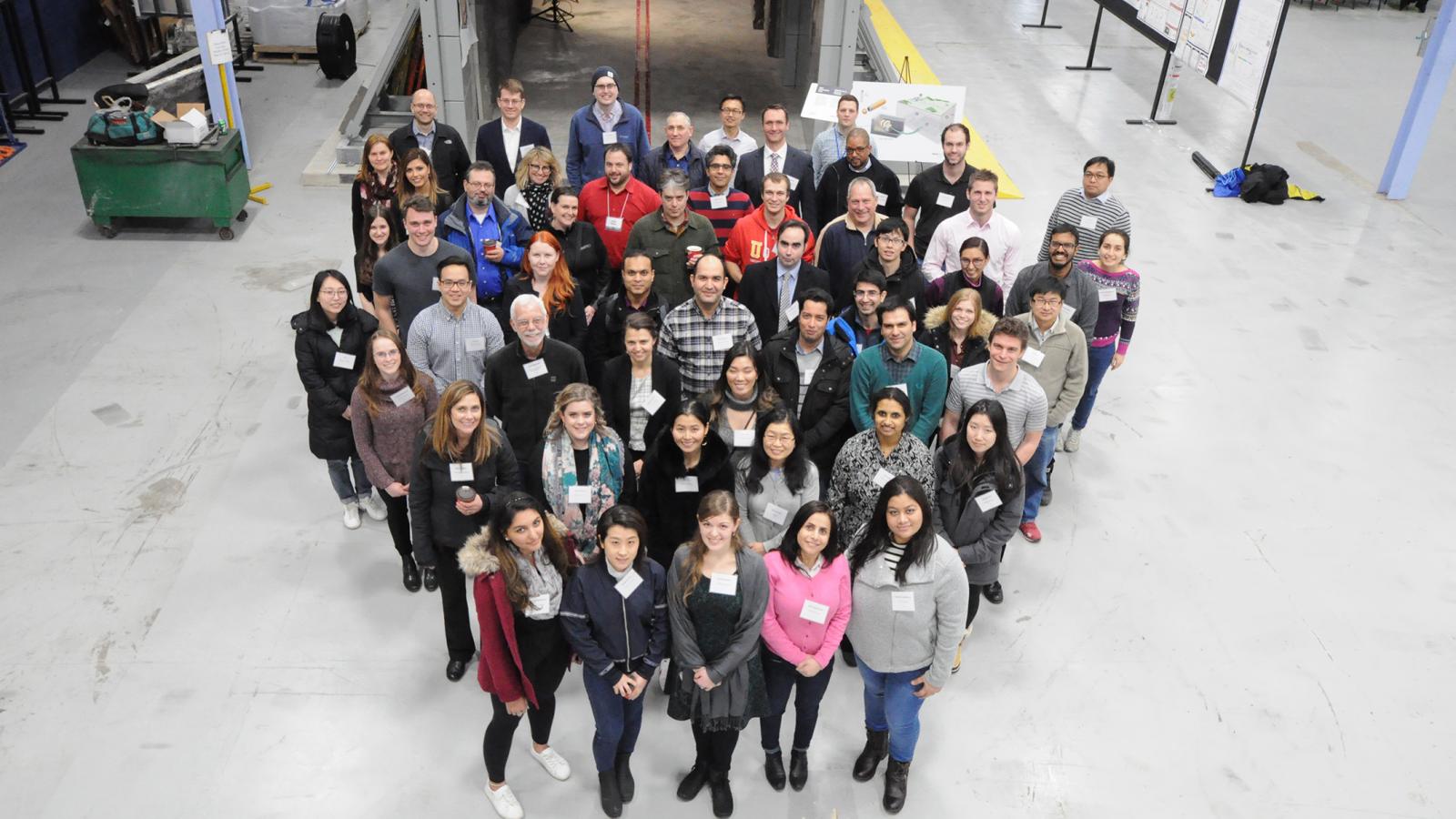
The Environmental Impact of Engineered Materials Degradation in Porous Consolidated Media
By enhancing our understanding of the physical and chemical processes occurring in a deep geologic repository for used nuclear fuel, including the interactions of the containers, corrosion, groundwater, clay, and microorganisms, this project will increase confidence in the plan for safe permanent di






